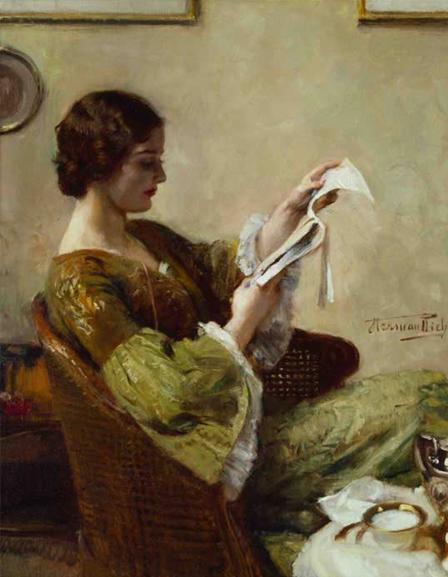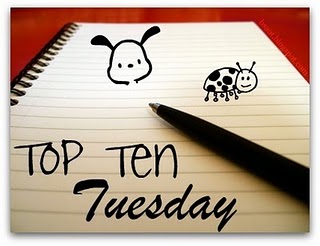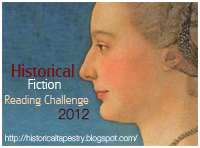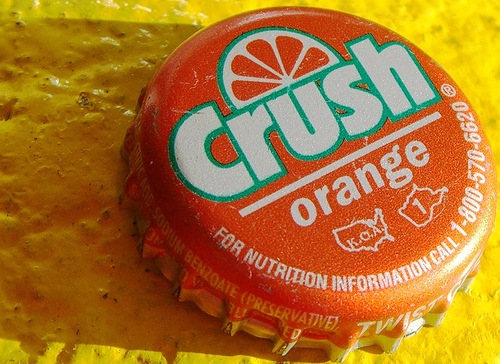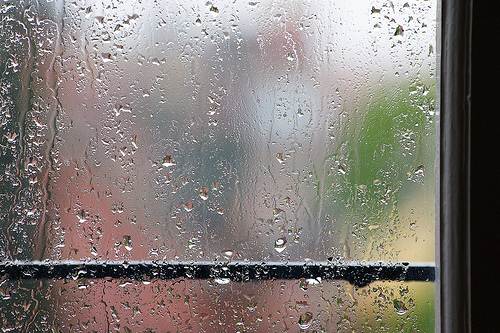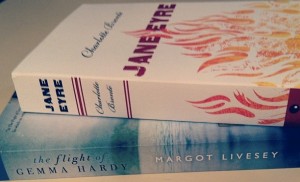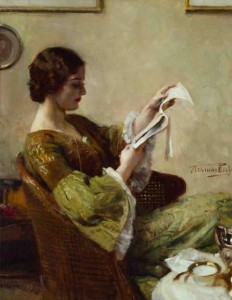 I am a true converted fan of Ree Drummond’s [amazon_link id=”0061658197″ target=”_blank” ]Pioneer Woman[/amazon_link] cookbooks (the [amazon_link id=”0061997188″ target=”_blank” ]new one[/amazon_link] is due out soon) and cooking blog. Part of the artistry of her blog is her ability to take excellent photographs of her cooking. I have been pinning so many of her recipes to my Recipes board on Pinterest. I just love Pinterest.
I am a true converted fan of Ree Drummond’s [amazon_link id=”0061658197″ target=”_blank” ]Pioneer Woman[/amazon_link] cookbooks (the [amazon_link id=”0061997188″ target=”_blank” ]new one[/amazon_link] is due out soon) and cooking blog. Part of the artistry of her blog is her ability to take excellent photographs of her cooking. I have been pinning so many of her recipes to my Recipes board on Pinterest. I just love Pinterest.
The New York Times has more Downton Abbey reads (yet another reference to the new book about [amazon_link id=”0770435629″ target=”_blank” ]Lady Almina[/amazon_link]).
Paulo Coelho is encouraging folks to pirate his books, arguing he actually sells more books when they do.
William Boyd’s article on Vienna at the turn of the 20th century was fascinating reading.
Julian Barnes wrote a short story “The Defence of the Book,” and The Guardian offers a taste.
Sam Jordison argues that if you’re going to read [amazon_link id=”1843548534″ target=”_blank” ]Bleak House[/amazon_link], need to go about it in the right way.
James Lasdun has a good review of Nathan Englander’s new short story collection [amazon_link id=”0307958701″ target=”_blank” ]What We Talk About When We Talk About Anne Frank[/amazon_link].
Flavorwire has a list of 10 Great Science Fiction Books for Girls (driven, of course, by the 50th anniversary of [amazon_link id=”0374386161″ target=”_blank” ]A Wrinkle in Time[/amazon_link]). My favorite on the list is [amazon_link id=”038549081X” target=”_blank” ]The Handmaid’s Tale[/amazon_link], but I have to admit the list skews older than I thought it would when I followed the link. I think girls might like André Norton’s [amazon_link id=”0216901693″ target=”_blank” ]Outside[/amazon_link] (out of print, but easy to find second hand), or Lois Lowry’s [amazon_link id=”0547424779″ target=”_blank” ]The Giver[/amazon_link] (though it has a male protagonist).
[amazon_link id=”0670030589″ target=”_blank” ]One Flew Over the Cuckoo’s Nest[/amazon_link] is 50, too. Flavorwire has a gallery of book covers. My favorite is either the Penguin classics cartoon cover or the one with all the pills.
Feast your eyes on these gorgeous bookstores.
I loved this post in Better Living Through Beowulf about turning to Austen when you’ve been jilted by your fiancé.
